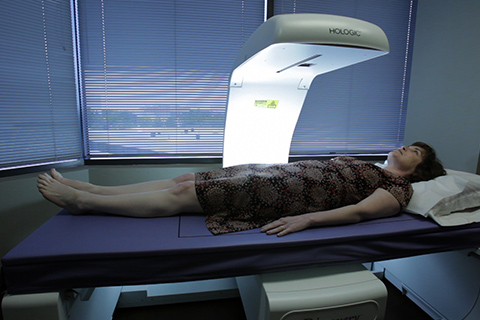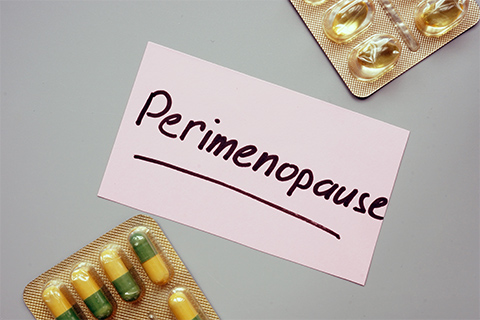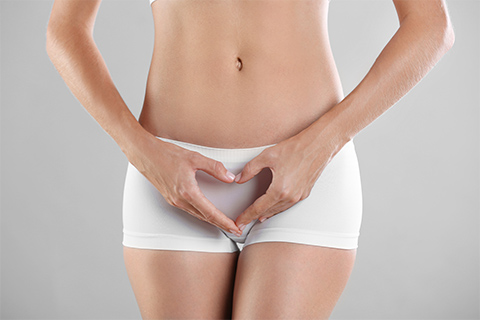Bone Densitometry
The surfaces of your bones are constantly undergoing remodeling and repair. The Bone Density/DEXA scan is used to determine risk for osteoporosis in women.

The Bone Density/DEXA scan is typically checked every 2-5 years in women at risk for osteoporosis. It’s available in our Northside, Johns Creek, and East Cobb locations.
Understanding Bone Evaluation and Risk Factor
Bone mineral density is a predictor of fracture risk. Normal bone density is defined by a standardized score, called a T-score, which is greater than or equal to -1. Osteopenia (low bone mass) is defined by a T-score between -1 and -2.5, whereas osteoporosis is a T-score less than or equal to -2.5. Bone mass peaks at approximately 30 yrs old, then decreases 0.4% per yr in both sexes. Women lose an additional 2-5% of bone mass per yr for the first 5-8 years after menopause. The single largest factor influencing bone mass is genetics. Other risk factors include medical conditions, medications, ethnicity, cigarette smoking, poor nutrition, long-term low calcium intake, alcoholism and inadequate physical activity.
Understanding Bone Remodeling
In order for your bones to remain healthy, the surfaces of your bones are constantly undergoing remodeling and repair. Osteoclasts remove old bone making room for osteoblasts to form healthy new bone. In general, a healthy balance exists between bone formation and bone resorption efficiently repairing damage caused by daily activities. Estrogen is a critical component in this process. A deficiency in estrogen, as experienced in menopause, creates an imbalance and new bone formation cannot keep up with old bone resorption. This imbalance leads to an overall thinning of the bones.
Why Bone Health is So Important
Fractures are the most frequent and serious complication of osteoporosis. They often occur in the spine or hip. Usually from a fall, hip fractures can result in disability or death, a consequence of poor recovery after surgical treatment. Spinal fractures occur spontaneously when weakened vertebrae collapse and crush together. These fractures are very painful and take a long time to repair. This is the main reason why older women lose height. Wrist fractures from falls are also common.
Optimal Bone Health, What You Can Do
Weight-bearing exercise (aerobic fitness, strength training) promotes the growth of new bone. In menopausal women, 22 months of weight- bearing exercise may increase bone mass by as much as 6.1%.
Smoking cessation and reducing alcohol consumption may reduce your risk of a fracture. Heavy alcohol consumption (defined by 7 oz or more per week) has detrimental effects on bone density; however, moderate alcohol consumption in women 65 years and older has been shown to increase bone mineral density.
Calcium and vitamin D dietary intake have been shown to significantly reduce future fracture risk. All women should be taking at least 1000mg of calcium intake daily. Postmenopausal women under 65 years old not on estrogen therapy and all women over 65 years old should be taking 1500 mg of elemental calcium daily. Food labels can help you determine the amount of elemental calcium provided.
Most women average about 500 mg of calcium in their diet daily and require a supplement for the balance. The two most common calcium supplements are calcium carbonate and calcium citrate. Calcium carbonate is best absorbed with meals whereas calcium citrate is absorbed equally regardless of food intake. In conjunction with calcium, women should be consuming 800 IU of vitamin D daily in their diet.
There are various medications that can be used to treat osteoporosis. We will make recommendations on medications based on your individual situation.
Our Locations
- NORTHSIDE OFFICE
 404-252-1137
404-252-1137
- EAST COBB OFFICE
 404-252-1137
404-252-1137
- JOHNS CREEK OFFICE
 404-252-1137
404-252-1137
- NORTHSIDE FORSYTH OFFICE
 404-252-1137
404-252-1137
Let's stay in touch
Our monthly newsletter keeps you up-to-date on healthy lifestyle, latest news, and our practice.





